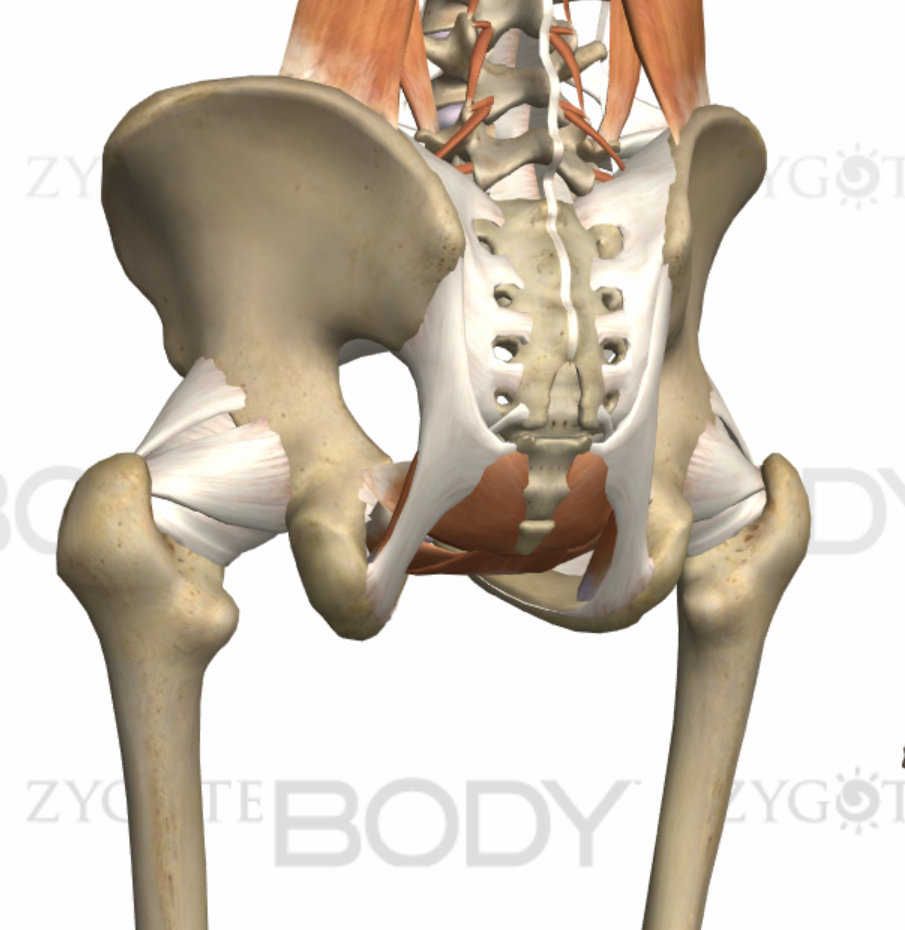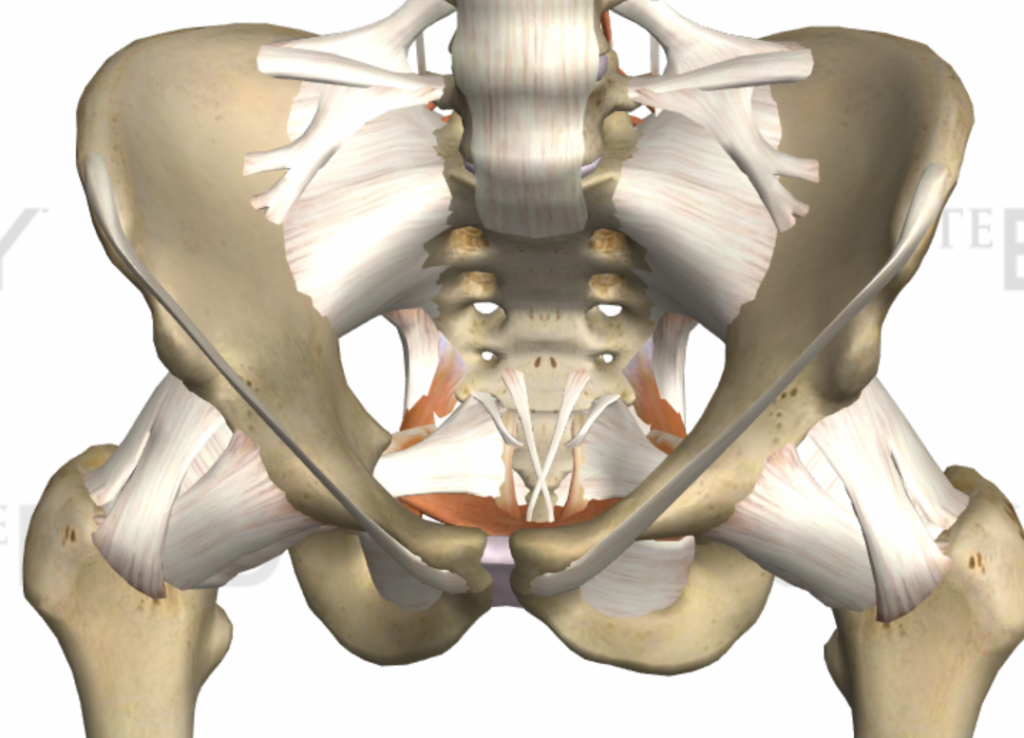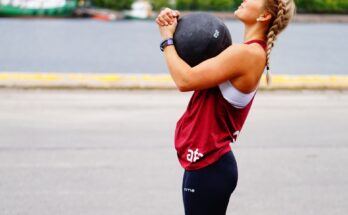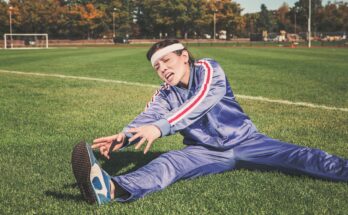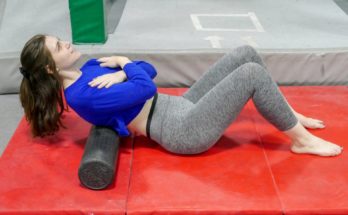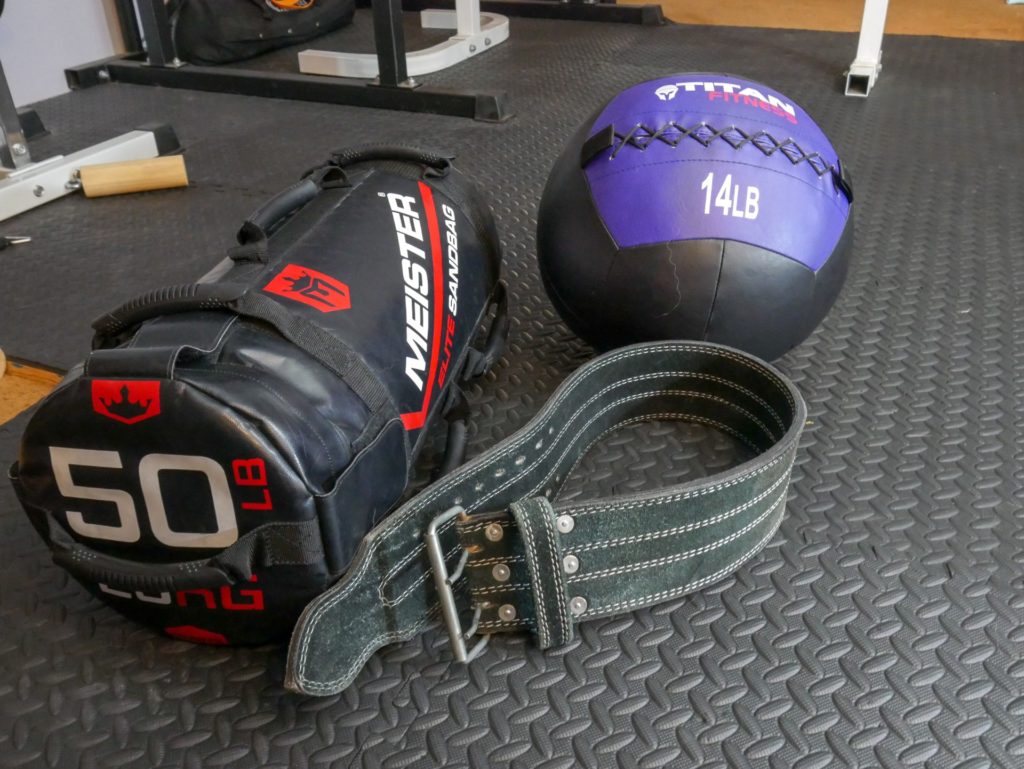
Everyone talks about strengthening their core, but few really understand what it actually is. This article is to help you learn the muscles that comprise the core, and why they are important to train!
The core is the term used for all of the muscles surrounding your lower back, or lumbar back. Your thoracic spine, or middle back, is well protected by your rib cage. The ribs stabilize and protect the mid back and attach to each of the 12 thoracic vertebrae.
Your lumbar spine lacks any hard bone like a rib, so the 5 lumbar vertebrae are protected and stabilized by a band of layered muscles. The band of muscles that protect and stabilize your lower back is your core! Let’s talk about some of the important muscles in the core, what they do and how we can strengthen them!
Key players of the core:
Transverse abdominis(TVA):
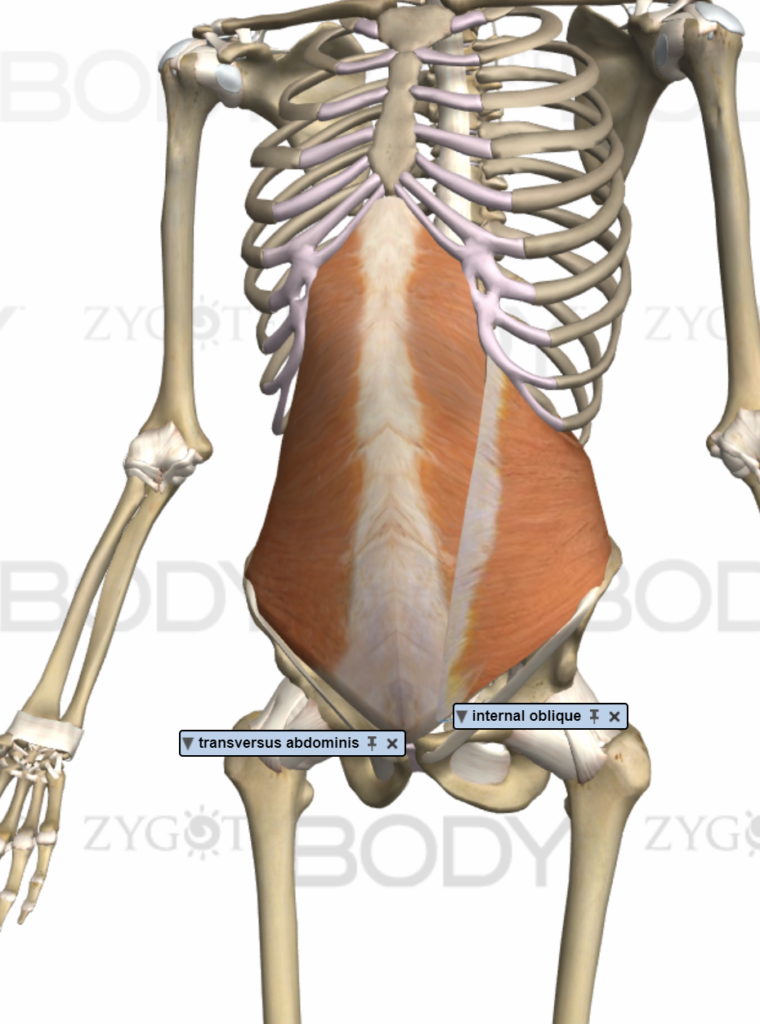
These are your inner abs. This muscle is activated when you brace in place and it helps maintain pressure in your abdominal cavity. When you valsalva or brace for a heavy lift you elicit this muscle. This muscle helps you breathe and one way to improve its function is through the vacuum exercise! Tremendously important to strengthen, this could be considered your main “core” muscle along with the internal obliques.
Internal obliques and external obliques:
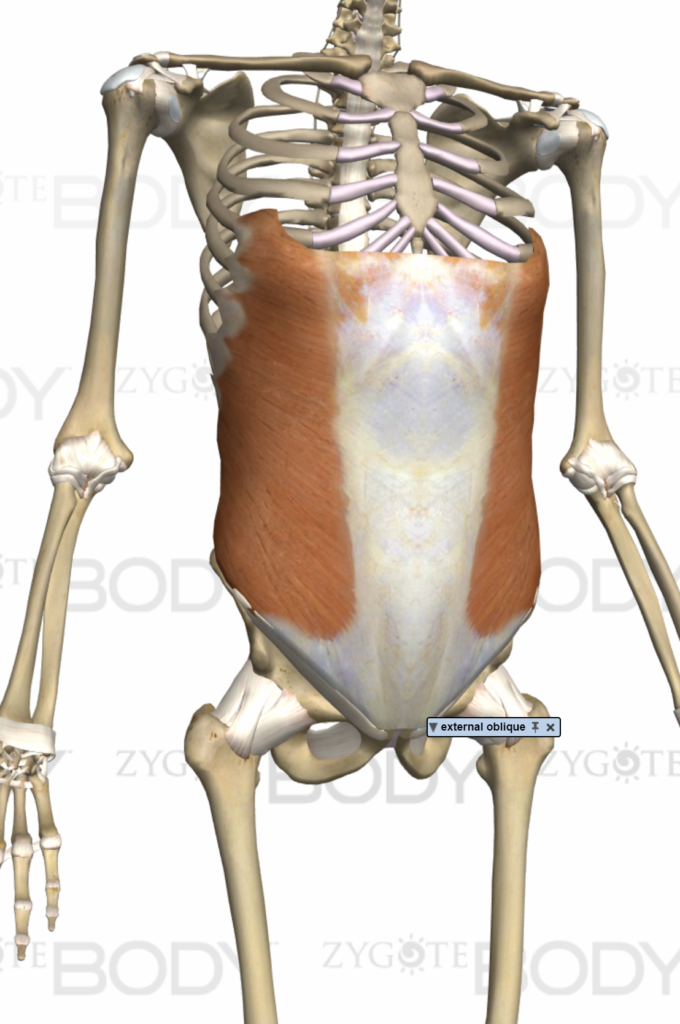
The internal obliques help to stabilize the trunk during breathing and synergize with the pelvic floor and the TVA. The external obliques help rotate the trunk and pull down the ribs and chest, creating compression of the abdomen. Crunches with a twist and hanging knee raises with a twist will target these muscles.
Pelvic floor muscles:
These are your bathroom muscles! If you try to stop a bowel movement you elicit these muscles. Kegels are a great way to target this muscle. It is tremendously important for breathing, as it needs to synergize with the diaphragm, TVA, and obliques to optimally inflate the lungs!
Rectus abdominis:
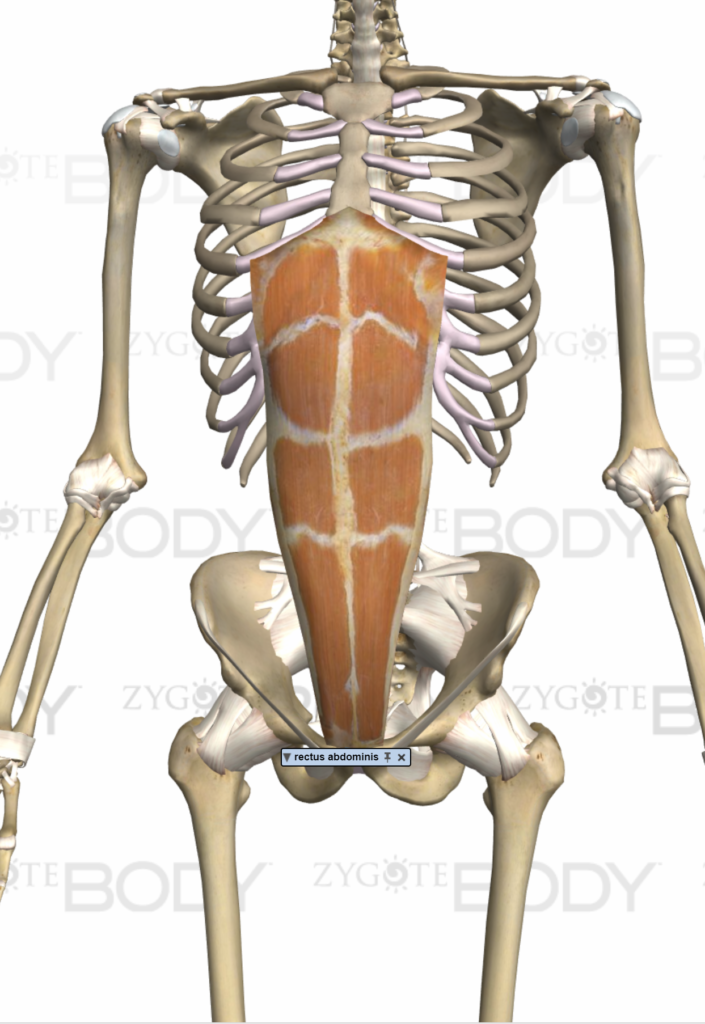
These are your 6 pack muscles. They flex the lumbar spine. They are the most superficial of the abdominal muscles. These help you sit up and crunch and that carries over to hanging positions as well! The rectus abdominis and the erector spinae are essential posture muscles of the abdomen.
Multifidus:
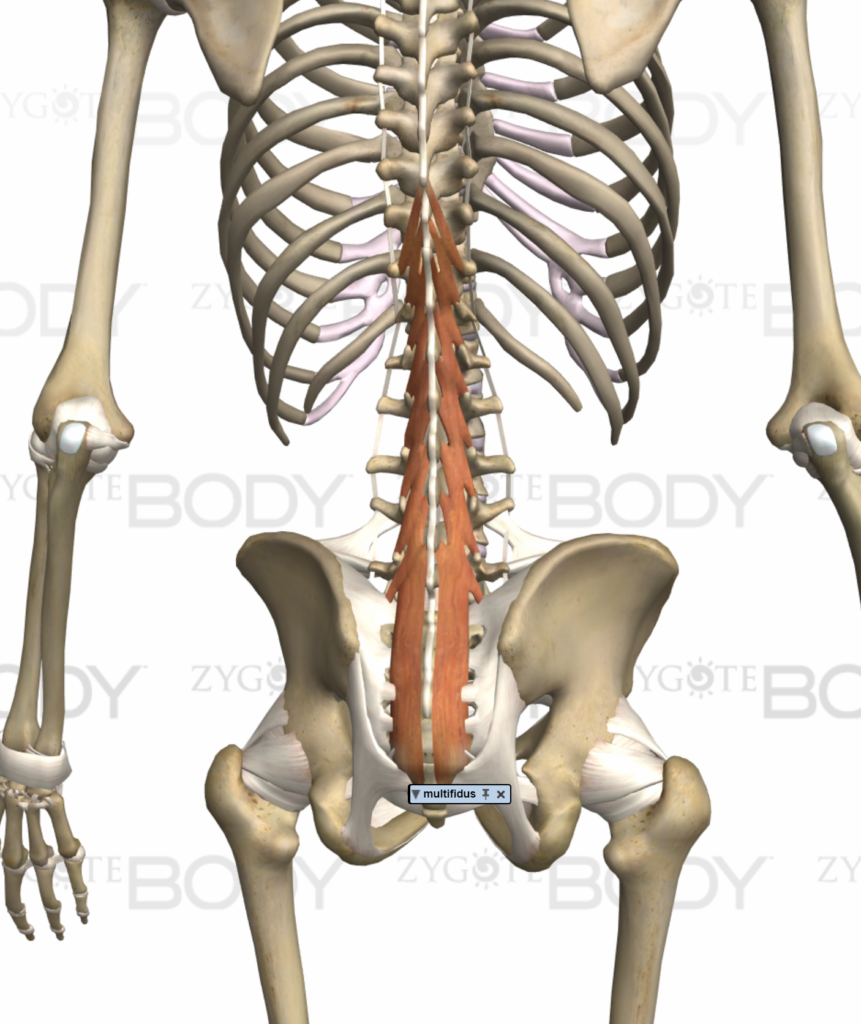
These are small thin muscles that span between each of your vertebrae. These muscles provide rigidity and mobility to the spine. Planks, isometric stationary exercises can improve the function of these muscles.
Erector Spinae (low back muscles):
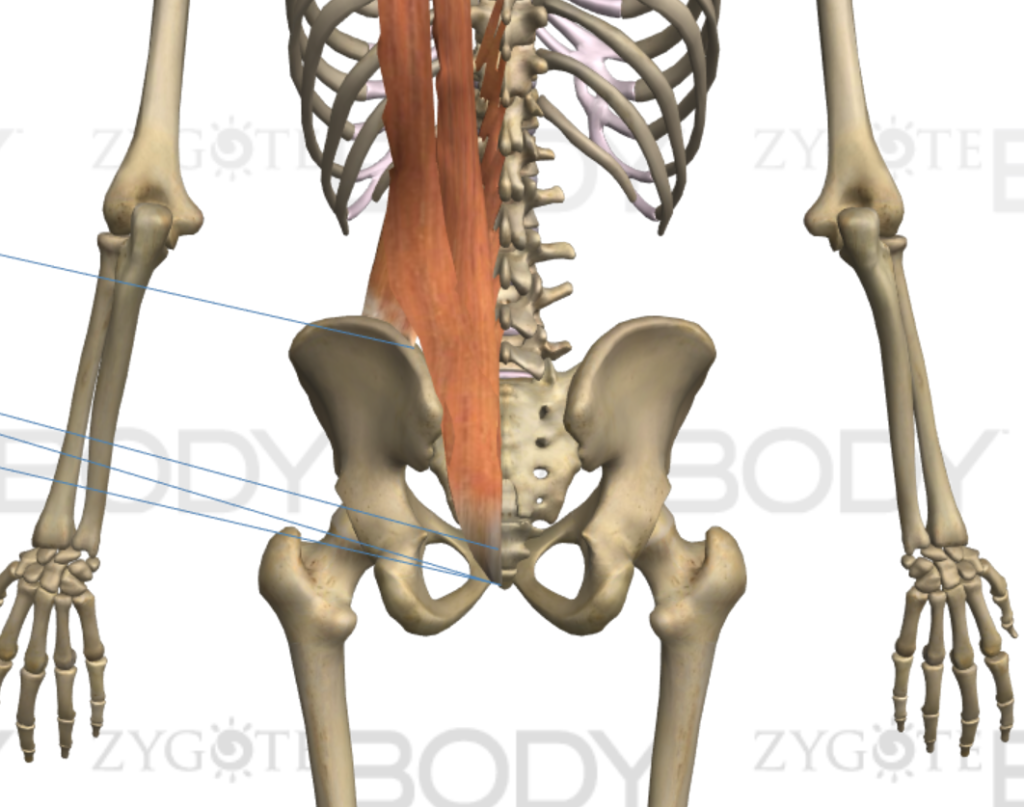
These muscles are very important and are the major postural muscles of the low back. These muscles are key players in many dysfunctional patterns. Making sure these muscles are strong is important, but it’s also necessary to balance these muscles with a strong TVA and glutes, as the erectors become easily overdeveloped.
The glute hip flexor dynamic:
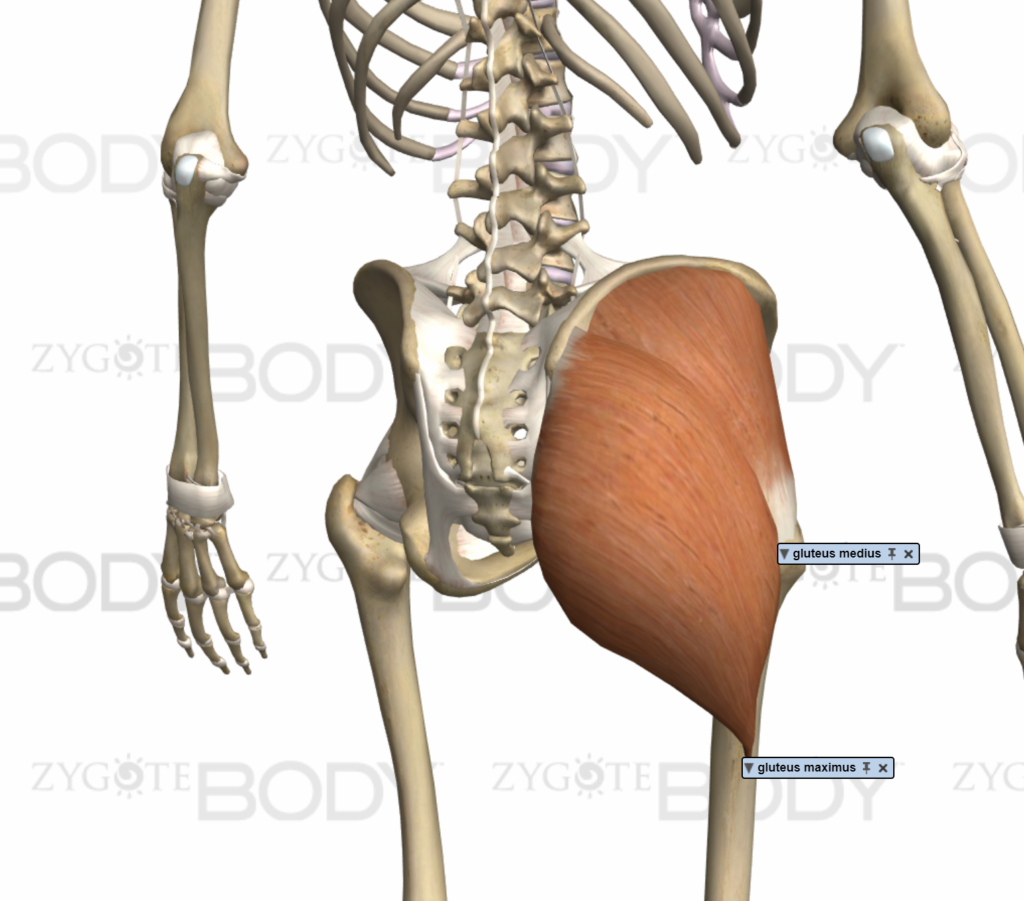
Glutes 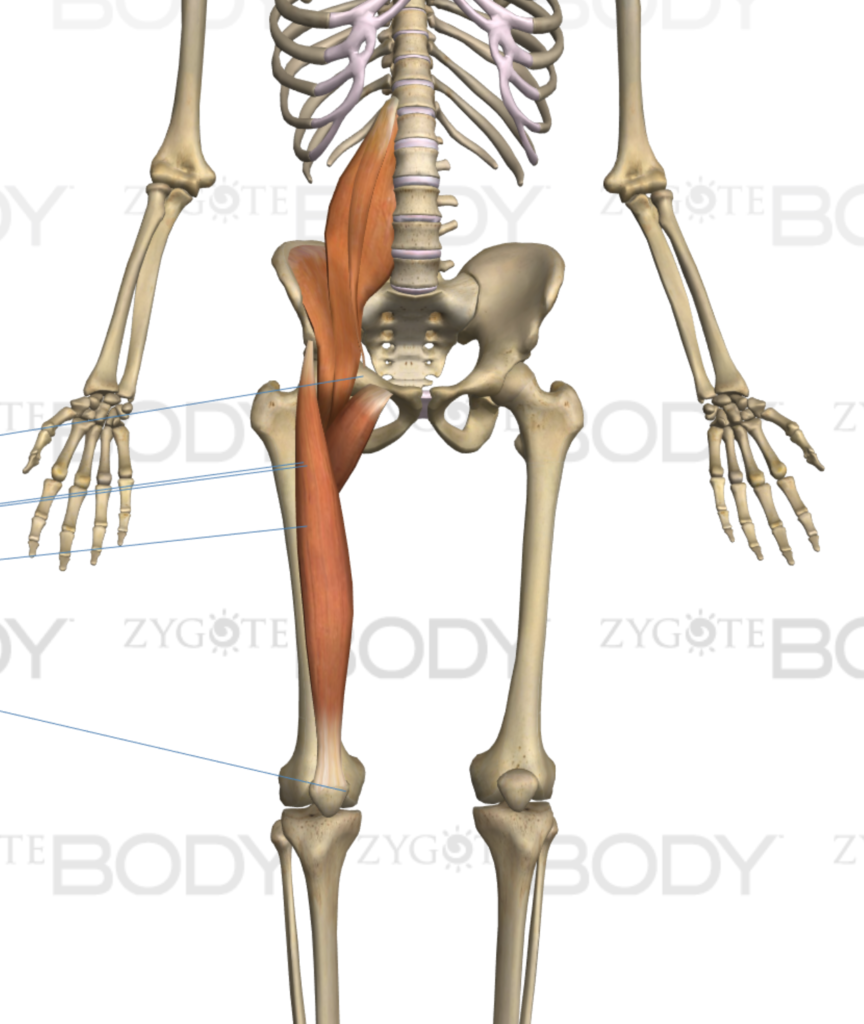
Hip Flexors
Your glutes and hip flexors form one of the most important Force Couples in your body. The iliopsoas muscle, the meat of your hip flexor group, attaches to just about everywhere on your lumbar vertebrae.
These muscles influence so many dysfunctions that lead to lower back pain and other lower back related injuries. These are often the culprit muscle in sedentary people who sit all day at work, which will shorten and cause these muscles to become overactive. T
aking care of the hip flexors is tremendously important, and maintaining strong glutes is key for this. Your glutes oppose the hip flexors and therefore need to be balanced with the hip flexors. When the hip flexors become overdeveloped, the glutes can become weak and inhibited. Learning about Lumbo Pelvic Hip Complex Dysfunction will help to maintain this essential balance.
The Diaphragm:
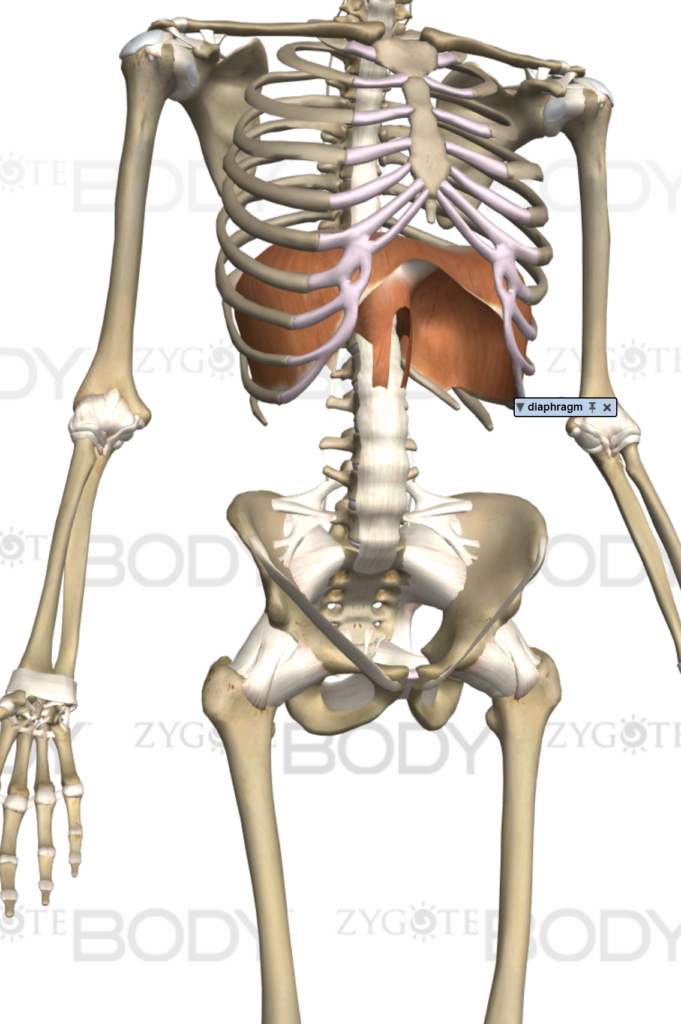
This is the muscle that we use to breathe! A huge muscle that spans the inside of our abdominal cavity, when this muscle expands it drives out organs sown into our pelvic floor and allows our lungs to maximally expand. Often people who have postural imbalances surrounding the hips will become unable to maximally expand their diaphragm. People who breathe from their secondary respiratory muscles like chest and neck will lose maximum function of their lung capacity. Strengthening the diaphragm involves practicing deep breathing, sometimes with the aid of a balloon, which can provide resistance during inhalation and exhalation.
Ways to train your core
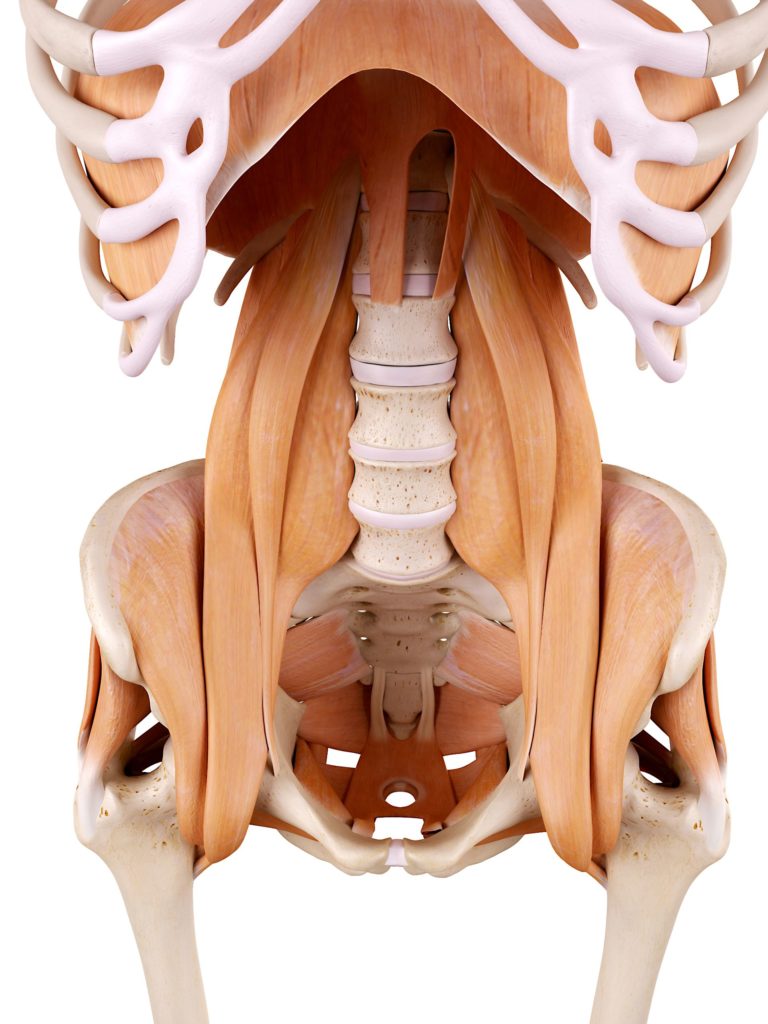
Isometric:
Planks, Side Planks, Hanging, Hanging L-Seat, l-seat, bear position, 90/90 breathing, vacuum pose holds.
Dynamic:
Stability ball pike, Stability ball single leg pike to pass-through, stability ball hamstring curls, stability ball knee-ins, sideways slam ball, stepping cable rotation variations, bear crawl variations.
Resistance: Weighted crunch, machine crunch, pavlov press, cable rotations, glute bridges.
Compound movements:
Squat, deadlift, standing overhead press, power cleans, bent over row, lunges.
The core muscles are designed for everyday use working all the time. The core muscles tend to respond well to high volume and time under tension! Longer sets in the higher repetition range (12+), shorter rests, and high training frequency are all recommended!
One good idea might be to choose one isometric exercise, one dynamic exercise, and one resistance exercise for the core in your warm up. When training, really focus on bracing in place during your compound movement.
Practicing breathing techniques is very important for diaphragm function. Deep breathing is one of the best ways to stretch your back. When you breathe your ribs expand. A nice deep breath is like a stretch from the inside as if someone inflated a balloon inside you to straighten you out!

